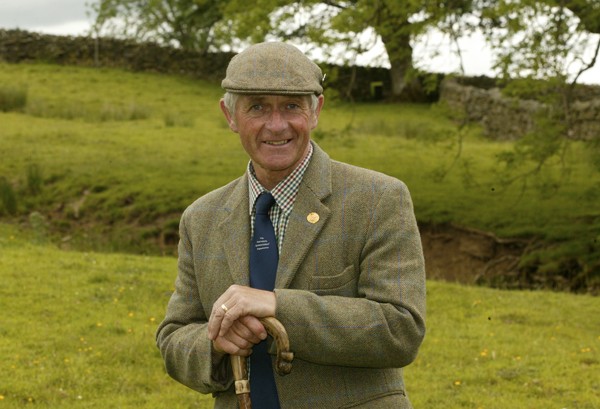Upland keeper

I?ve had a good number of comments following the piece I did on grouse beating recently (Upland keeper, 22 August). Before any wag gets the first one in, they have all been quite interesting. It should not really surprise us, but it does raise the grouse keeper?s eyebrows a bit when Guns who have shot for many years, and some of them keepers, admit to knowing very little about what we do, and what our whole job entails. So I thought I would try to get rid of some myths that may still exist about how a moorland keeper goes about producing sustainable numbers of grouse.
Those are for future columns though. In the meantime I thought I would give you a beginner?s guide to being one of the team on a grouse day: the flanker, which was another of the topics raised by readers.
There are stops in pheasant shooting and flankers at partridge days, and they have a similar function in that they are simply trying to maximise the number of birds that are going to go over the Guns. There are a number of differences on the grouse moor, however, among them the sheer scope of the terrain and the distance the flanker?s eyes must take in if he is to be ready to deal with birds doing 60 miles per hour. Concealment is all for the man on the moor, though in a wide open space it is often not an easy thing to achieve. Certainly no bright clothing is worn, and if at all possible there is no flag fl apping in the breeze. In some cases that I have witnessed, the flanker wraps it around the back of his head to keep the rain out! It is possible to stand perfectly upright behind a peat edge or any other natural feature and be completely out of sight of the birds coming from the beaters, leaving enough time to flick the flag and turn them on their way. You may be visible from the butt line, but remain hidden from the grouse.
Covering the distance
Spaced depending upon numbers of staff available on the day, and on the terrain, fl ankers may be from 70 to a couple of hundred yards apart at an arc from each end of the butts, perhaps at about 45° in from the butt line. The angle will vary depending upon the wind direction and strength. The stronger the wind in the flanker?s face, the closer to 90° the angle will be. Ridges and other natural features play a big part in the flankers? placement. If the man or woman can get on a ridge above the flightline of the birds, they can deal with them as they come through. Being above the flying birds gives you an advantage, as they are more responsive to the flag action. If they are above you, more often than not, you are in trouble.
All down to timing
The timing of the move by the flanker is perhaps as important as anything lse. Too early, and the birds may well cut out on the wrong side of you and out of the drive. Too late, and the moment has gone, the grouse are past and out on the other side. On the other hand, you can get the timing spot on, but too much use of the flags and the grouse do an about-turn, while too little and the deviating is not enough. Surprise is all when it comes to the move. Something suddenly appearing at the side of the flightline can cause the birds to fl ick sideways away from you and if they see that movement from some distance and have time to consider it, then very often you are ignored and out they go.
Tight lines
As the drive closes in, the flankers must move to keep the angles and gaps correct, as any spaces in the line are taken advantage of as birds slide down and out between the flags.
For the flanker who is closest to the Guns the task is the most delicate one. He or she can ruin the end Gun?s drive, or if he or she is especially inept, half the row of Guns? by pushing the birds too far downwind. It is the closer fl ankers who must also be most careful that they don?t collect a stray pellet. They should wear safety glasses at all times. Shot does carry a long way, and there is the more dangerous chance of a ricochet. Sometimes these even come from one of the birds.
At the end of the drive, if you are complimented you know you have done an excellent job, though all too often the flanker?s job is taken for granted. However, you will always have the satisfaction of knowing that the headkeeper knows you have done well. The headkeeper misses nothing.








